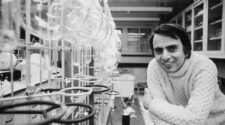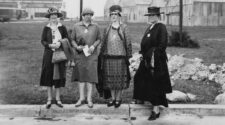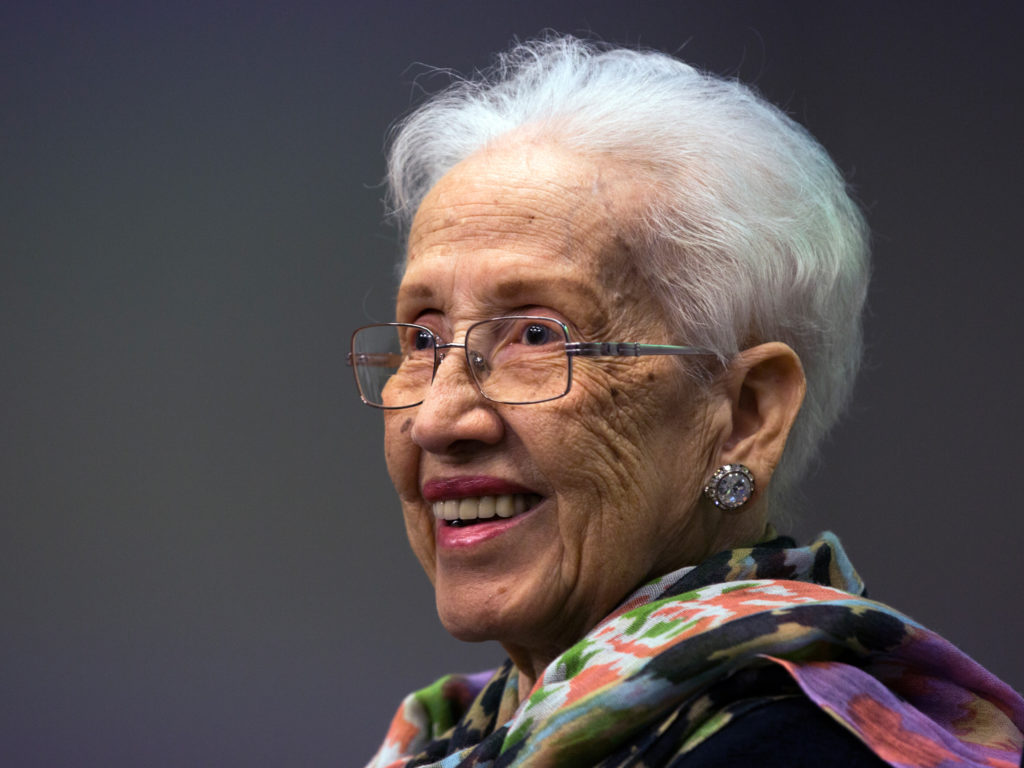
Katherine Johnson, a trailblazing mathematician whose calculations were instrumental in every major NASA spaceflight program, celebrated her 100th birthday on August 26.
Johnson mapped the flight of Alan Shepard, who became the first American in space in 1961. And when John Glenn was preparing for his first orbital flight in 1962, he didn’t trust NASA’s new electronic computers. He requested that Johnson personally verify the math.
The 2016 Hollywood blockbuster Hidden Figures celebrates the massive contributions of Johnson and other African-American mathematicians and engineers at the Langley Research Center in Virginia.
Our nation’s space program wouldn’t be where it is today without the contributions of retired @NASA_Langley mathematician Katherine Johnson. Join me in wishing her a happy 100th birthday and learn about her legacy at https://t.co/wqTfXT18LX. #Happy100Katherine pic.twitter.com/DQ8xHi3Ifd
— Jim Bridenstine (@JimBridenstine) August 26, 2018
Before computers, she calculated NASA’s greatest achievements
If you didn’t have a computer, could you send a rocket into space and back? Katherine Johnson did. Her brilliant mathematical mind took her from small-town West Virginia to NASA, where she helped land a man on the moon.
You may not have heard of Johnson, but it’s a good bet you will. The story of this unheralded African-American hero of the U.S. space program will hit movie screens early next year.
“Most Americans have no idea that from the 1940s through the 1960s, a cadre of African-American women formed part of the country’s space workforce,” said Margot Lee Shetterly, author of the upcoming book Hidden Figures, on which the movie is based.
Johnson’s calculations were instrumental in every major space flight program, from Mercury to Apollo to the space shuttle. She retired in 1986.
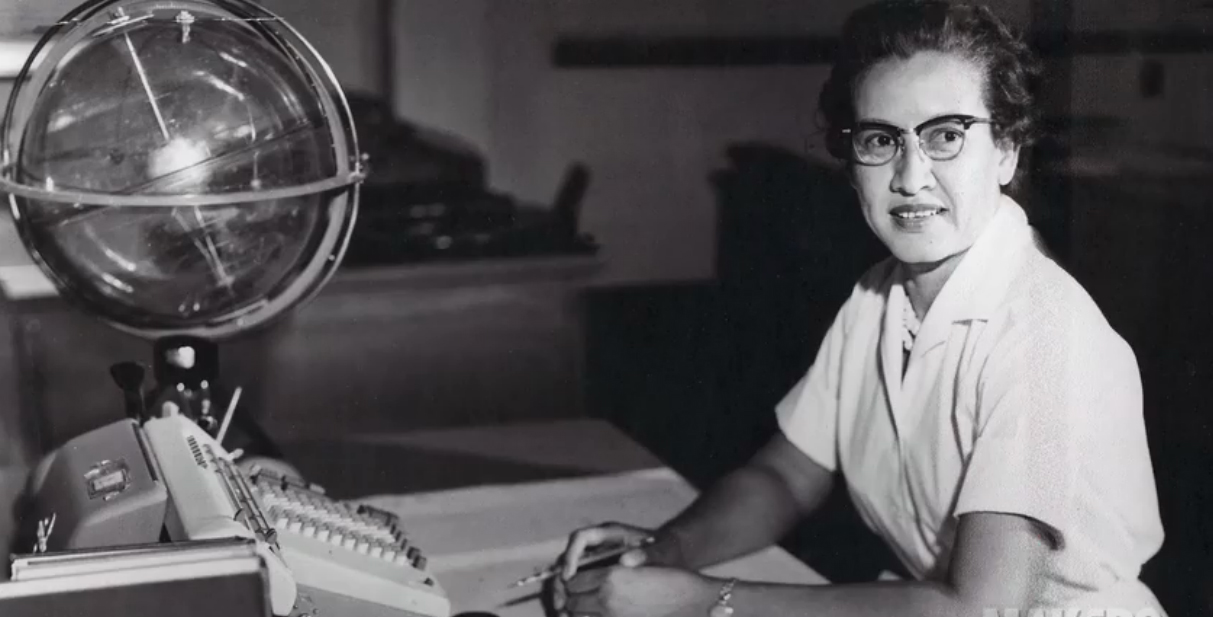
Led by her smarts
Johnson always seemed to outgrow her classes. At the age of 10, she started secondary school. When she had taken every advanced mathematics course at West Virginia State College, professors created new courses for her. She finished college at age 18.
After a stint as a schoolteacher, she got a job as a “computer” in 1953 at what would become NASA. There, Johnson was expected to simply plug numbers into other engineers’ formulas all day. But her mathematical skills and strategic thinking quickly made her indispensable. The all-male space flight research group requested her for their team.
It wasn’t always easy. She was told women didn’t attend high-level meetings with engineers and flight researchers. But Johnson questioned the policy, and got a spot at the table.
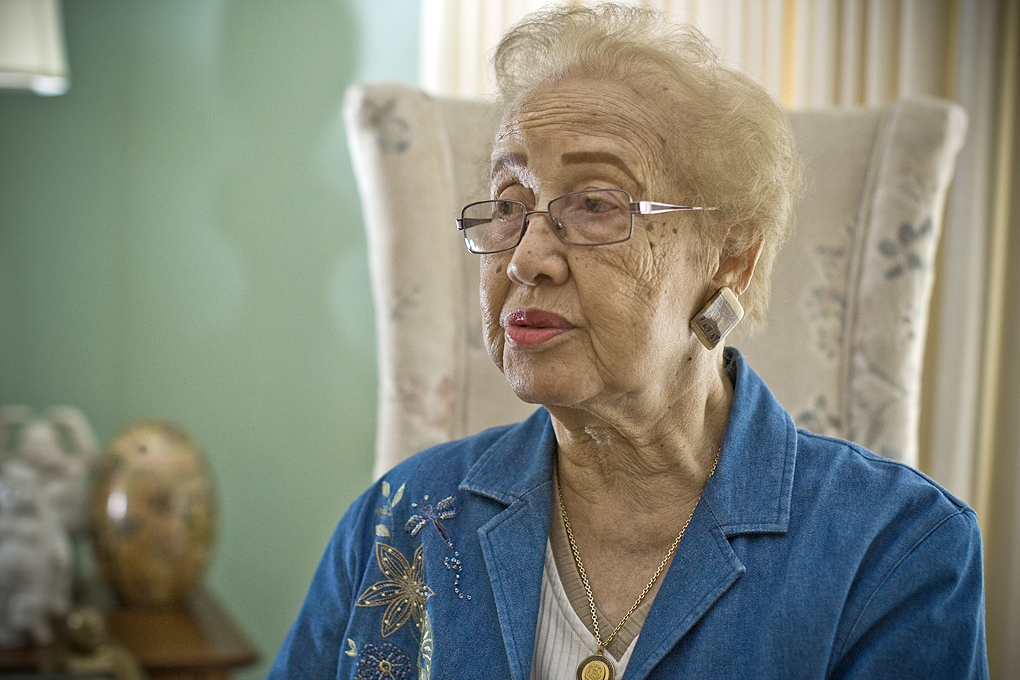
Johnson’s math mapped the flight of Alan Shepard, who became the first American in space in 1961. Her reputation was such that when John Glenn was preparing for his first orbital flight in 1962, he didn’t trust the calculations made by NASA’s new electronic computers. He requested that Johnson check the math.
Johnson said her proudest achievement was figuring the launch window for Apollo 11. While the world watched Neil Armstrong take the first steps on the moon on July 20, 1969, Johnson said, “we were really concerned when they were leaving the moon, going back. He had to do it just as we said. If he missed it by a degree, he doesn’t get into orbit.”
“I was looking at the television; I said, ‘Boy, I hope he’s got that right.’ And I was sitting there hoping I’m right too,” she laughed.
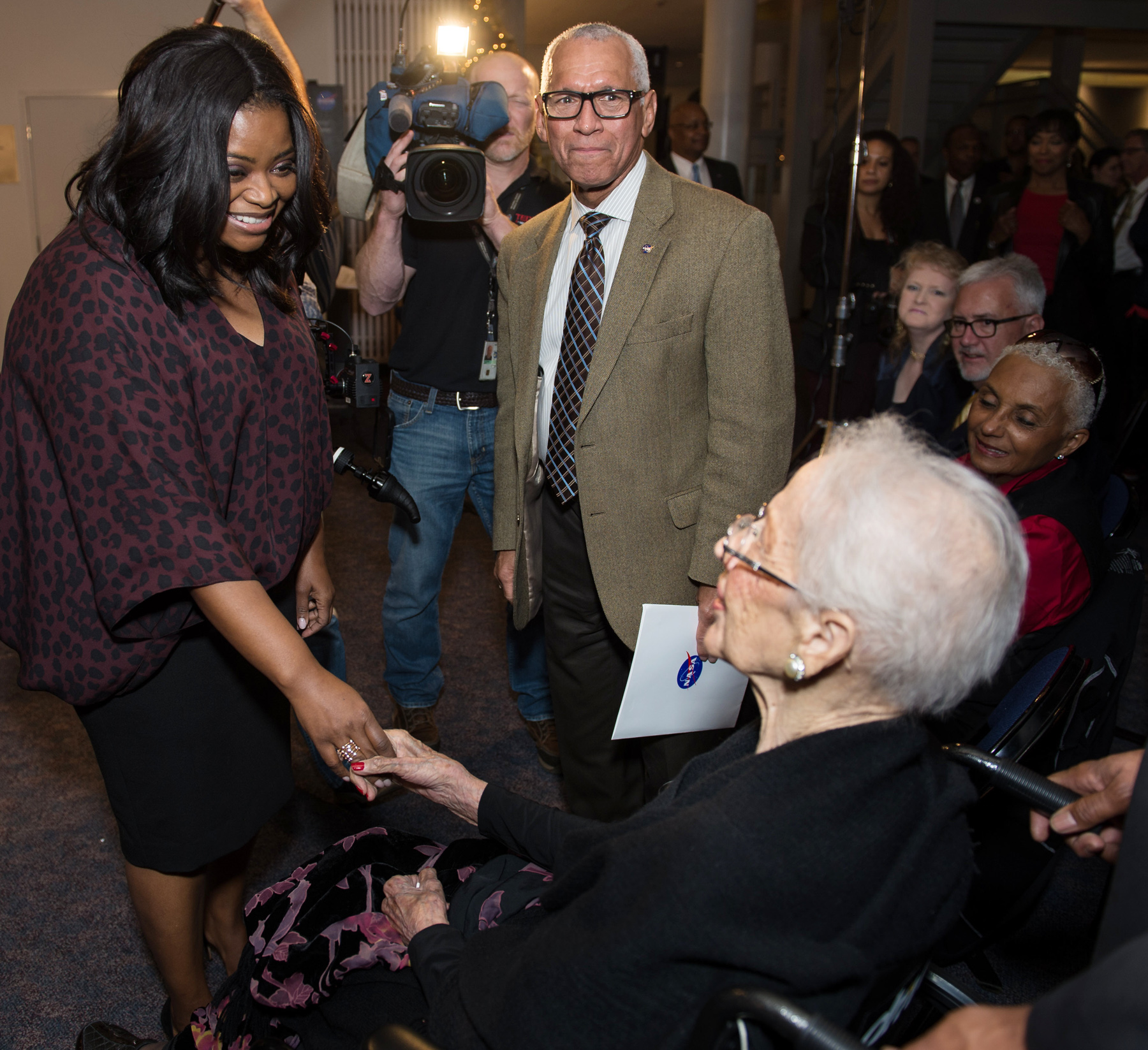
As NASA concluded when President Obama awarded Johnson, now 97, the Presidential Medal of Freedom in 2015: “Not bad, for a little girl from West Virginia, who coincidentally (or maybe not) was born on August 26: Women’s Equality Day.”
In 2016, NASA dedicated the new Katherine G. Johnson Computational Research Facility at Langley Research Center in her honor.
Happy 100th, Katherine Johnson!

